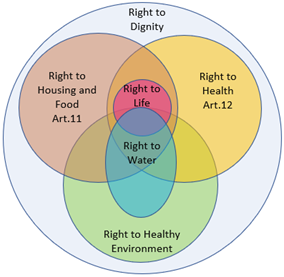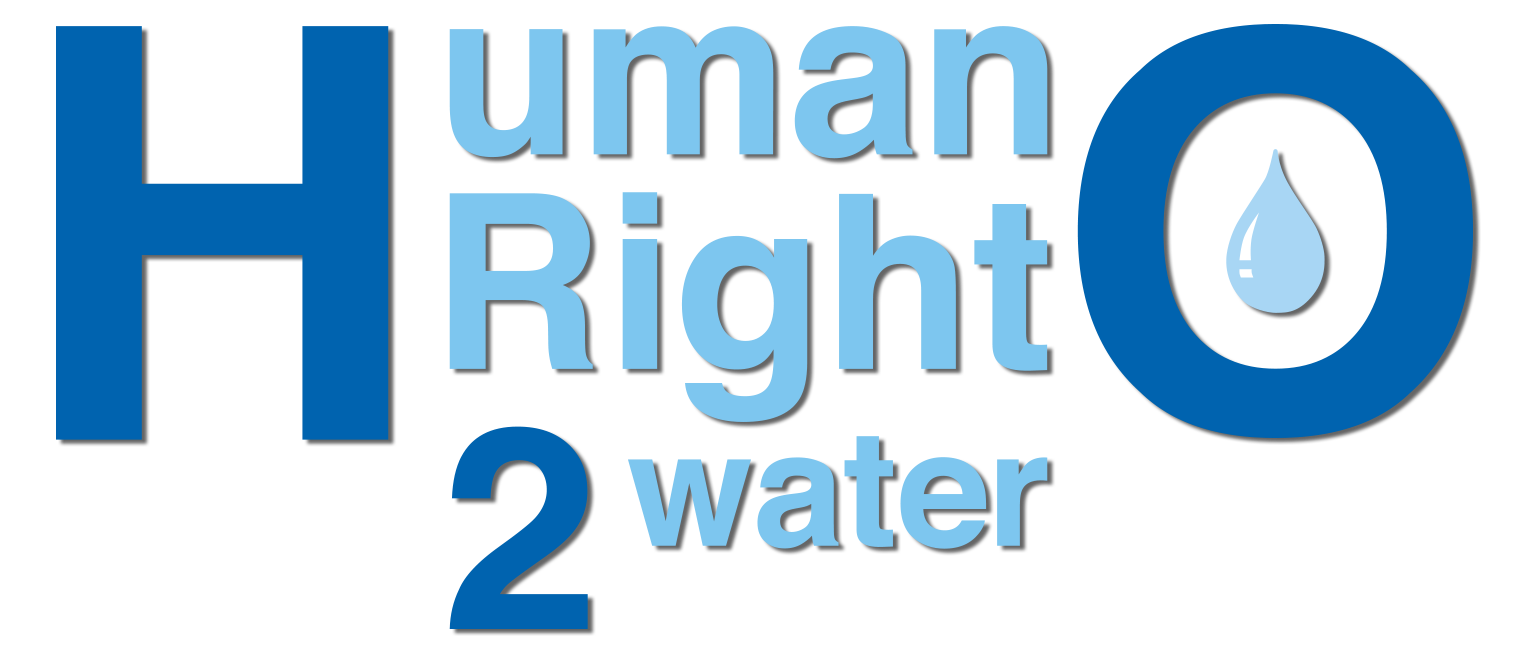The Trifinio Region lies in Central America, at the confluence of three countries: Guatemala, Honduras and El-Salvador. The Lempa River is one of the longest is Central America, with the majority of the Basin in El Salvador (56%), and the other portion in Honduras (30%) and Guatemala (14%). It covers nearly half of the territory of El Salvador. Despite being mountainous and mainly rural, the Basin is home to 5.55 million people (2019) of which three quarters are Salvadorean. It’s headwaters are in the Trifinio Region, the zone where the three countries meet, and the majority of the Trifinio (85%) is located in Guatemala and Honduras.
The Region has been subject to two devastating hurricanes in 2020, compounding the impacts of the Covid-19 pandemic, resulting in water scarcity, pollution, human poverty, resulting migration, and the corresponding effects on their health and quality of life. Changes in the rainfall patterns, prolonged droughts, and unexpected floods affect the agricultural and livestock sectors. According to the United Nations Development Fund, there is an estimated cost of 2.2 billion dollars in loss of productivity in the past three decades in El Salvador alone.
Climate change, compounded by natural resource degradation and limited access to basic services and job opportunities is expected to continue fostering migration from rural areas, to both urban centres within the Trifinio Region and to other countries.
Guatemala has one of the highest populations of indigenous peoples in the world at 43.4%, of which nearly 80% are living in extreme poverty. The Mayan population in Chiquimula are a good example of a rural community that is struggling to assert its rights to water, at the cost of dangerous and often violent opposition.
Human Rights in Trifinio: The Project

All human rights are equally important, and therefore we cannot separate the right to water from the right to a healthy environment, for example. In this project, we will also consider the effects of good water governance on the right to health, to life, to food, etc, as we analyse the realisation of the Human Rights to Water and Sanitation (HRWS) and how it can have an impact on all human rights.
Human Right 2 Water is involved in this programme to bring the human rights based approach into the transbourndary water governance programme that is being driven by the Organisation of American States in the Trifinio Region. The objectives of the programme are to enhance water security through early warning systems, regional cooperation, and through investments in water, food, energy and environment security.
A situation analysis from a human rights-based approach, typically encompasses the recognition of the issue; the stakeholder mapping; the causality analysis; and a capacity gap analysis. Our goal is to strengthen the HRWS through an assessment of all the related human rights, and to develop human rights indicators for monitoring and supporting the programme.
The Recognition of the Issue starts with a legal baseline analysis, to understand which international and national laws affect the Basin. El-Salvador, Honduras and Guatemala are State parties to several international human rights instruments, with their respective legal obligations relating to the HRWS, and yet, at this point, only Honduras has explicitly recognised the HRWS in its constitution. The Supreme Court of Justice in El-Salvador held that the HRWS are included in the right to a healthy environment. While there is no specific Water Law in Guatemala the National Policy for the Drinking Water and Sanitation Sector does explicitly recognise the HRWS in its clauses. Hence, through different mechanisms, many aspects of the HRWS are recognised, but not necessarily in a comprehensive manner, as demonstrated by some of the very low rates of access to water seen across the three countries. The majority of drinking water is derived untreated from precarious and unprotected sources such as rivers and lakes, and only 15% is treated in Guatemala. Only half of the population has access to improved sanitation, and only 5% of wastewater is treated. It is no surprise to learn that acute respiratory infections and diarrheal disease are the two leading causes of death for children under five.
There is a movement to recognise the importance of transboundary cooperation between the countries with the formation of The Plan Trifinio. Its mission is to build a cross-border, participatory and transparent territorial development model of the Trifinio region, with the active involvement of communities and local, national and regional actors, to allow economic, social, environmental development and the preservation of water wealth and biodiversity of its ecosystems
Stakeholder Mapping: The following sections on stakeholder mapping serve to highlight the vulnerability of many people in terms of their access to water in the Basin. It is useful to recognise the inequalities for gender, age, race, and situation, as represented by some of the shocking statistics cited in El-Salvador where young women under 19 represent three quarters of the victims in violent sexual assaults. Water availability, and improved sanitation, while not the only factors, are some of the root causes for holding women back in education, health, career options, and ultimately keeping them in poverty with a fear of violence.
The stakeholder mapping that follows, provides a glimpse of the tragedies and vulnerabilities of people living in the Trifinio Region, and in the Lempa River Basin. It serves to provide a structured review of the range of people that need to be included in a river basin management plan, and a list of the actors that should be consulted.
Capacity Gap Analysis: The next stage of our analysis will be to complete the legal and policy mapping of the municipalities in the area using the LNOB Tool to understand how the international and national frameworks have been integrated at local government levels. The LNOB Tool, the ‘Leave No One Behind’ Tool, captures the policies that protect, respect and fulfil the human rights of each of the vulnerable groups. This structured review, framed around the HRWS and other water-related rights such as the right to a healthy environment, will complete the baseline analysis, in preparation for designing the stakeholder plan for engagement.

